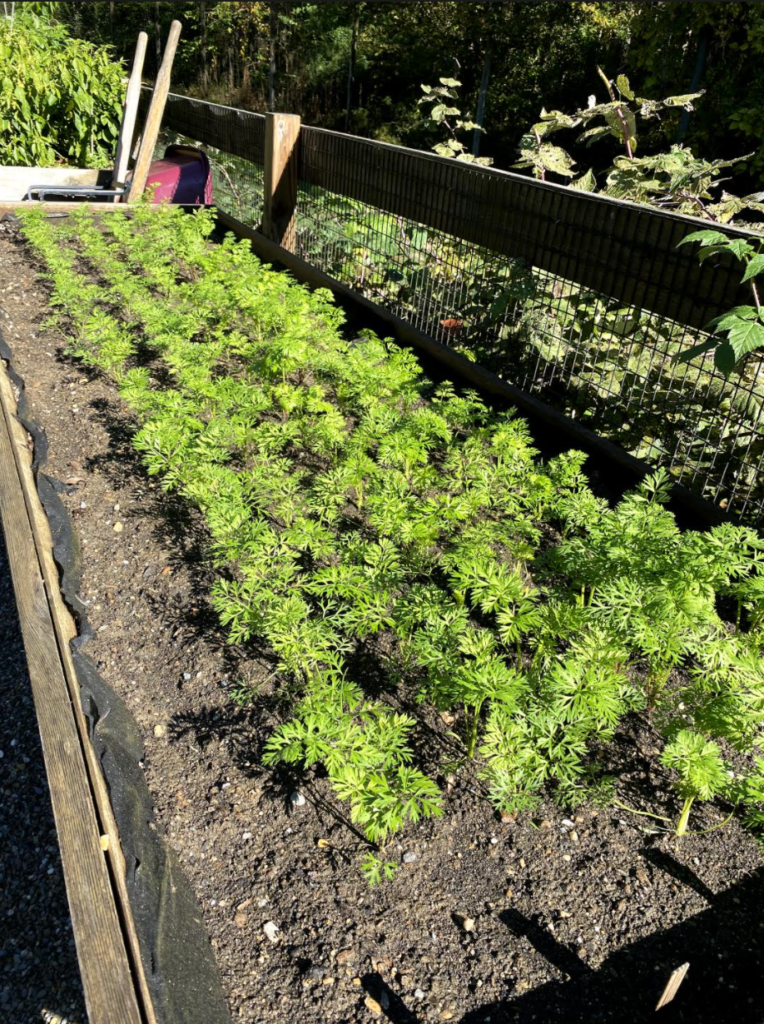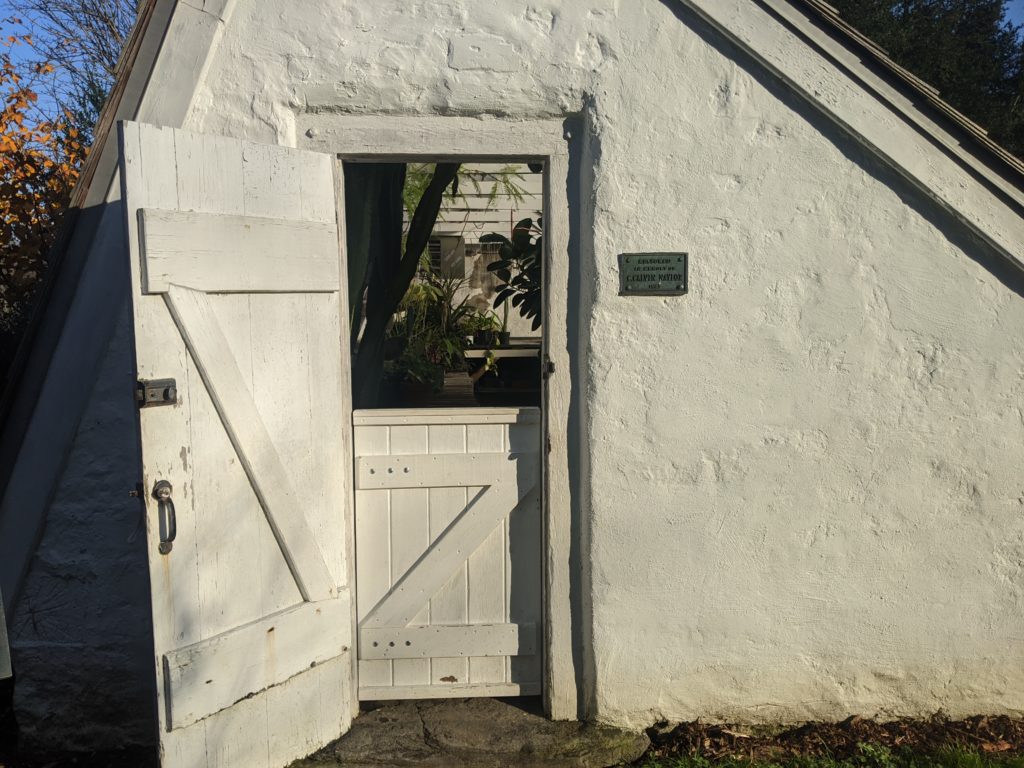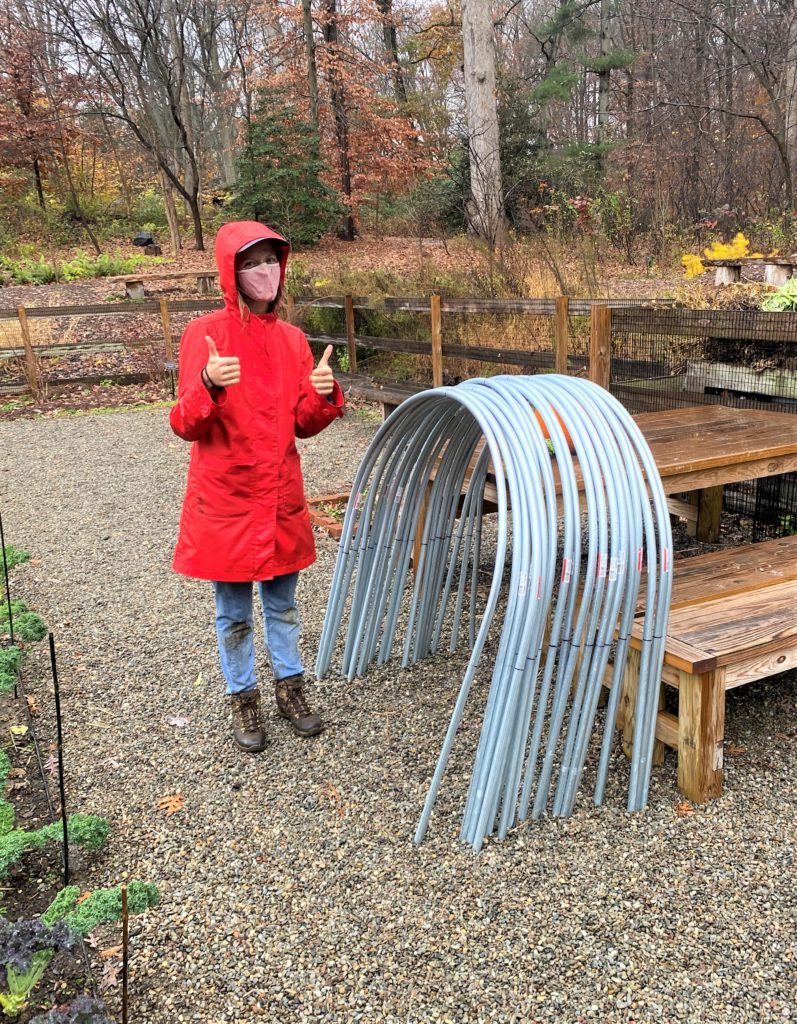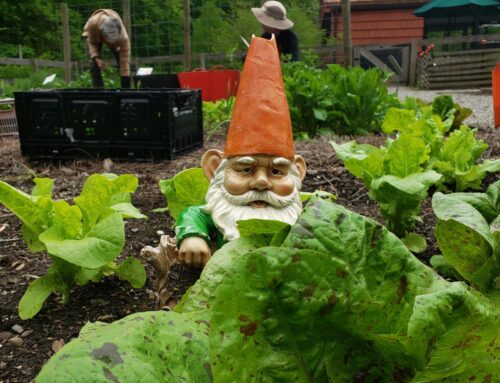There are few things more hopeful and exciting than seeding your first vegetable crops in the spring and planting out your rows of tomatoes and peppers in the summer. When the harvest comes in, nothing tastes sweeter than food from your own garden. By using succession planting techniques and long producing varieties of your favorite crops, you can keep your garden extended into November and perhaps December.
But what if you still have the gardening bug? Does the onset of heavy frosts in mid-November mean the end of the vegetable garden?
It doesn’t have to! For thousands of years, gardeners and farmers have been using naturally occurring and artificially created micro-climates to stretch the season to their favor. These micro-climates exist in all of our gardens. Simply defined, they are small pockets where the air and soil get cold faster or stay warm longer than the surrounding area. You may have noticed them in your own yard. Is there a spot, maybe by the south-facing backdoor, where the bulbs pop up early in the spring? A corner by the driveway that just bakes in the summer? A shady alcove where the snow melts more slowly? Those are micro-climates!
You can use them to your advantage. Semi hardy herbs like rosemary and oregano can be planted in sheltered spaces by your house, where they are protected from winter wind. The warmth from your home’s foundation will help them overwinter. You can plant shrubs that don’t tolerate the high temperatures of a Pennsylvania summer on the East side of the house, where they might catch a little afternoon shade. All of these are ways to play with the existing conditions in your garden to stretch what you can grow.
What can you do for your vegetables? On the whole, these are arguably the most finicky annuals when it comes to temperature fluctuations…and also the most sought after! But never fear! Gardeners have a few ways to either start the vegetable garden earlier or stretch the productive season longer using micro-climates. Here’s how:
Raised Bed Boxes: Building a raised bed is a great way to start your season off a little earlier in the spring. A raised bed box is a frame made from wood, typically cedar or cypress, that you fill with soil. They usually stand about 1 ½ to 2 feet tall and are a great option if you like to garden but struggle to bend all the way down to the ground. In the early spring the sun will shine on the sides of a raised bed box and warm the soil more quickly than the ground, allowing early crops like lettuce and kale to germinate and grow earlier in the season. You can see raised bed boxes in action in the children’s section of Lucille’s Garden.

Carrots growing in a raised bed in Lucille’s Garden
Greenhouses: For those who have space and finances, a greenhouse is another great way to get an early start. We use a historic, heated greenhouse at Tyler to start seeds in the winter, but not everyone has access to an actual freestanding structure. You can still get the same effect right in your own home! If you’re starting seeds indoors in the winter you can set a clear fish tank or plastic tub upside down over your seedling trays. Place something small that won’t be damaged by water, like a coaster, under each corner of the tank to allow for some air flow while still letting the inside of the tank warm up. Place your seedling trays in a sunny spot and you’ll get soil temperatures that are warm and moist enough for tomatoes and peppers to germinate. Doing this in February or March will ensure that these plants are ready to be put out in the garden in May. You could even do this on a small scale by cutting clear plastic water bottles in half to create a micro green house in a pot! Remember, when you’re starting seedlings always use clean, new potting soil and remove the cover once you see your seedlings emerge to prevent fungal diseases.

Tyler’s historic, heated greenhouse is used to start seeds in the winter.
Row Covers: What if you want to stretch the season into the early winter? Consider row covers! A row cover is fabric that you can stretch over low hoops to create a tunnel over vegetable crops. This traps air near the ground where it will stay a little warmer and protect plants from the cold winter winds. Most row covers will keep vegetable safe in temperatures as low as 28F.This can keep cold hardy crops like broccoli and cabbage yielding fruit even into early December and in some years, longer. Keep in mind that the row covers will also cut the amount of light the vegetables are receiving to 85%. You can see row covers in action at Lucille’s Garden.

Staff in Lucille’s Garden work to erect row covers
All of these methods are great ways to utilize naturally occurring or self-made micro-climates, so you keep gardening and growing food nearly all year long. The best part is they can be done for very little cost! So, no matter what time of year you have the gardening bug, go ahead and get your hands dirty. There’s always something you can grow.






